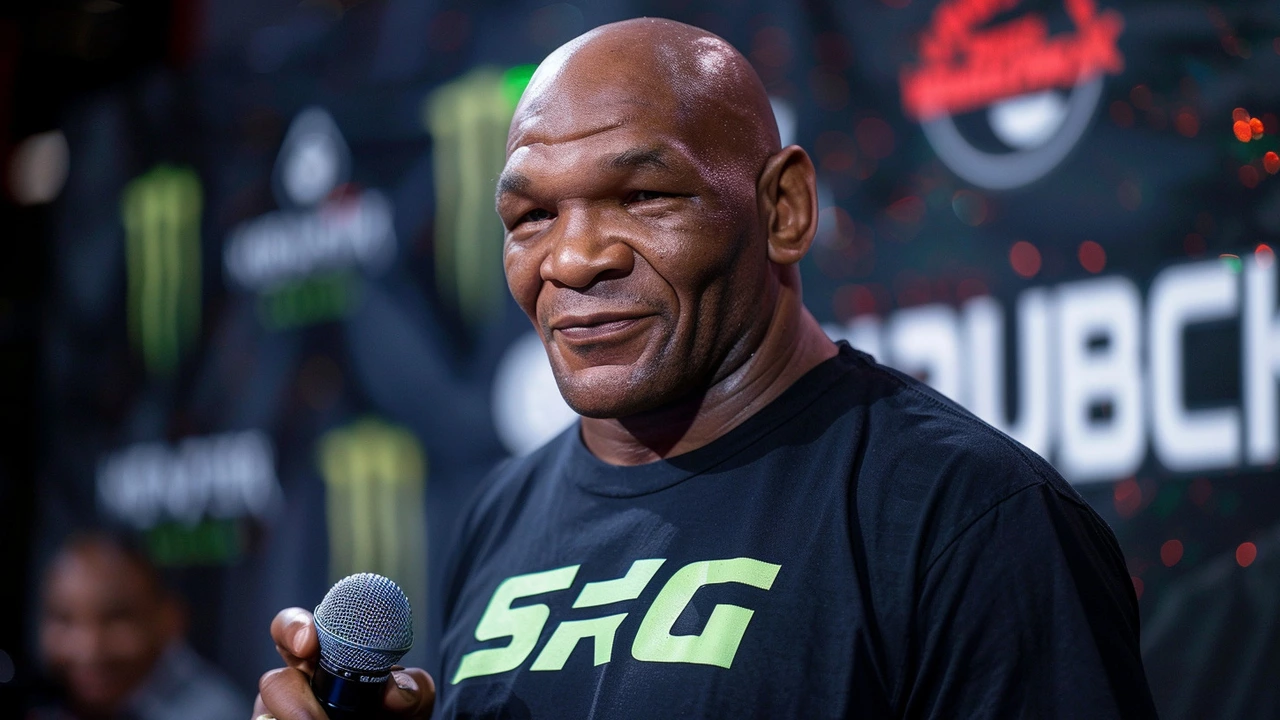Boxing Basics, History and How to Train Smarter
If you’ve ever wonder why people love throwing punches, you’re not alone. Boxing isn’t just a sport – it’s a mix of skill, discipline and raw excitement. Whether you’re thinking about stepping into a gym for the first time or you just enjoy watching a good fight, knowing the core ideas can make the whole experience a lot better.
Why Boxing Still Packs a Punch
Boxing has been around for centuries, from ancient Greece to modern day arenas. The appeal stays the same: test your speed, power and strategy against an opponent. Over the years the rules got tighter, safety gear improved, and the sport turned into a global spectacle. That history gives you a lot of context – when you learn a jab or a hook, you’re joining a tradition that’s lasted for ages.
What makes boxing stand out is its simplicity. You only need two gloves, a bag or a sparring partner, and a clear set of moves. That minimal setup lets anyone start without spending a fortune on equipment. At the same time, the sport offers endless depth. From footwork patterns to defensive slips, there’s always something new to master.
Getting Started with Boxing Basics
First thing on your list should be the right gear. A pair of well‑fitted gloves protects your hands and helps you control power. Hand wraps are cheap but vital – they keep your wrists stable and cut down on bruises. A mouthguard and proper shoes aren’t optional if you plan to spar regularly.
Next, focus on stance and footwork. Stand with your feet shoulder‑width apart, dominant foot slightly back, knees relaxed. Move by stepping, not hopping; this keeps balance and lets you launch punches faster. Practice a basic jab‑cross combo until it feels smooth. The jab is your distance keeper, the cross adds power.
Defense is just as important as offense. Learn the basic slip: rotate your head to the side as a punch comes, staying low enough to avoid a clean hit. Combine slips with a shoulder roll to deflect blows. Drilling these moves on a heavy bag or with a partner builds muscle memory.
Finally, keep your training realistic. Short, high‑intensity rounds mimic actual fights better than long, slow sessions. Aim for three‑minute rounds with a one‑minute rest, just like a pro bout. Track progress by noting how many punches you can land cleanly in each round, and gradually increase speed.
Boxing can be a great workout, a confidence booster, and a fun hobby. Start simple, stay consistent, and enjoy the journey each time you throw a punch.
Mike Tyson Doing Great After Health Scare on Flight Prompts Emergency Response
Former heavyweight champion Mike Tyson experienced a health scare during a flight from Miami to Los Angeles. Paramedics assisted Tyson upon landing due to an ulcer flare-up. Despite the incident, Tyson is now doing well and expressed gratitude to the medical personnel. His upcoming boxing match with Jake Paul on July 20 remains scheduled.
